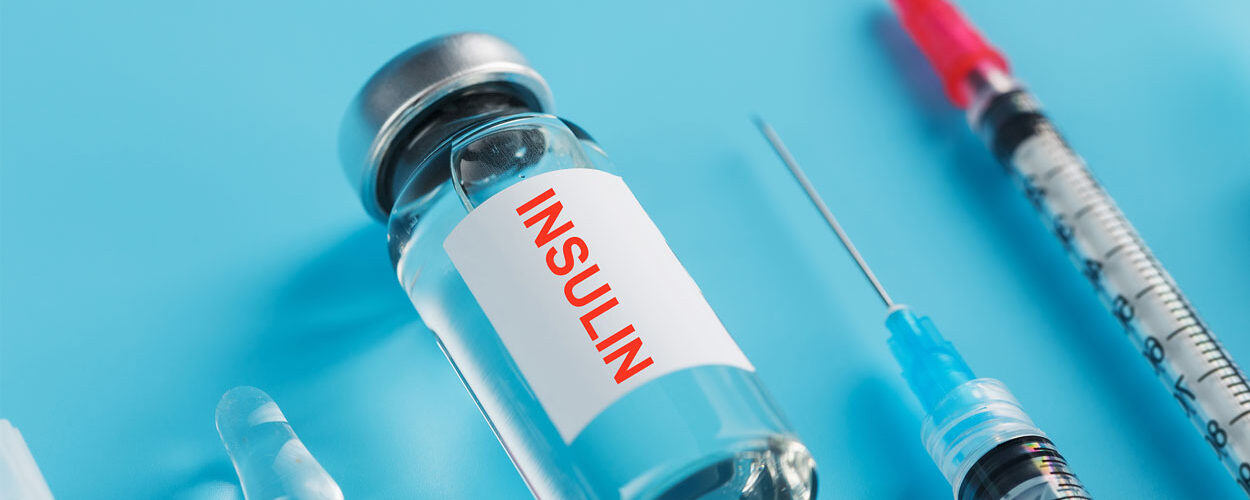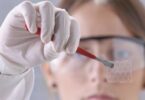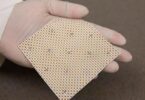Artificial or transgenic insulin is a product created with genetic engineering.
Artificial insulin is the first pharmaceutical product obtained from recombinant DNA in the world.
Thus, this procedure is carried out by cloning the human insulin gene in bacteria through genetic engineering.
In another sense, we can also say that insulin is a polypeptide hormone, produced and secreted by the beta cells of the islets of Langerhans of the pancreas.
Therefore, engineered insulin is considered identical in structure to natural insulin itself.
On the other hand, natural insulin is a hormone released by the pancreas in response to the presence of glucose in the blood.
Function:
The main function of this hormone is to regulate blood glucose levels. It also helps move sugar from the blood to other tissues in the body where it is used for energy.
Importance:
This hormone is vital for the transport and storage of glucose in cells, helping to use glucose as an energy source for the body.
Genetically engineered insulin production:
Human insulin is produced by genetically engineering a DNA that codes for the A chain of human insulin, and is inserted into a bacterial plasmid. DNA that codes for the B chain is also manufactured and inserted into another plasmid similar to the previous one.
Researchers: Frederick Banting and Charles Best successfully extract insulin from the pancreas of a dog and analyze its effect, which brings hope for the first time to people with diabetes.
Instead, the origin of human insulin is through the beta cells of the pancreas and they release it into the bloodstream when glucose increases, as occurs after eating food.
Treatments with artificial insulin:
The diseases that can be treated through genetically modified human insulin are type 1 and type 2 diabetes.
In an artificial exercise, the following could be observed:
The addition of glucagon to an artificial pancreas system can be seen as the brake that allows the rate of glucose descent to be reduced.
All this allows for an excess of insulin on board and thus a potential hypoglycemic accident to be avoided.
For insulin production, the most prominent are: Escherichia coli yeast and Saccharomyces cerevisiae yeast.
Regular exercise is one of the best ways to increase insulin sensitivity. That is, it helps move sugar into the muscles for storage and promotes an immediate increase in insulin sensitivity, which lasts from 2 to 48 hours, depending on the level of exercise.
There are three main groups of insulins:
- rapid-acting insulin: absorbed quickly from the adipose tissue (subcutaneous) into the bloodstream.
- intermediate-acting.
- and long-acting.
Natural insulin, that is, released from your pancreas, keeps blood sugar in a very narrow range. During the night and between meals, non-diabetic blood sugar ranges vary between 60-100 mg/dl and 140 mg/dl or less after meals and snacks.
Insulin is composed of 2 chains, one of 21 amino acids, the A chain, and another of 30 amino acids, the B chain, joined by 2 disulfide bonds, and there is a third disulfide bond within the A chain.
FONT
https://www.um.es/sabio/docs-cmsweb/materias-pau-bachillerato/insulinarecomb-1.pdf
https://www.argentina.gob.ar/sites/default/files/insulina_humana_recombinante.pdf









